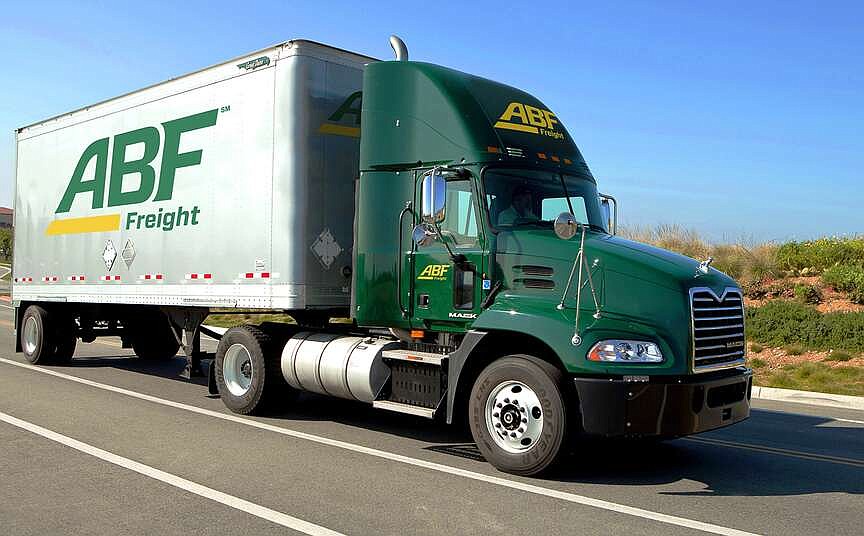ArcBest announced Wednesday it is joining the Nvidia Halos AI Systems Inspection Lab to explore safety enhancements for its Vaux Smart Autonomy software platform for autonomous vehicles.
Chief Innovation Officer Dennis Anderson said working with Nvidia adds value to ArcBest’s products and enables the company to provide better customer experiences.
“It’s a great example of how human-centered design and a focus on continuous improvement can make a real difference,” he said.
Nvidia Halos, formed by the California-based technology company, is a comprehensive system designed to ensure safe and reliable development and deployment of autonomous vehicles, according to a news release.
This is the second partnership the Fort Smith-based company has had with Nvidia, as it announced a collaboration to use the Nvidia Isaac Perceptor for its Vaux Suite in March 2024.
The previous collaboration with the technology company allowed for ArcBest’s autonomous systems to better recognize objects, track human motion and make informed decisions.
Additionally, ArcBest announced it received an award for the 2025 Material Handling Solution of the Year from SupplyTech Breakthrough.
The company said the award highlights a commitment to practical and purposeful innovation.
Anderson said ArcBest’s innovation strategy is rooted in partnership, as the company works with customers, vendors and suppliers to develop intuitive solutions.
“At its core, innovation is about understanding and solving real problems for our customers,” he said. “By working closely with them and truly listening to their needs, we’ve created solutions like Vaux.”
Bryan Vaughn, managing director of SupplyTech Breakthrough Awards, said ArcBest is a transformative force in the logistics industry as businesses face challenges.
“ArcBest is addressing these challenges by revolutionizing material handling processes,” he said.
The company’s Vaux Suite includes the Vaux Freight Movement System, which enhances trailer loading and unloading; Vaux Smart Autonomy, which enhances safety and efficiency in material handling with robot forklifts and reach trucks; and Vaux Vision, which equips forklifts with sensors to capture freight dimensions.

